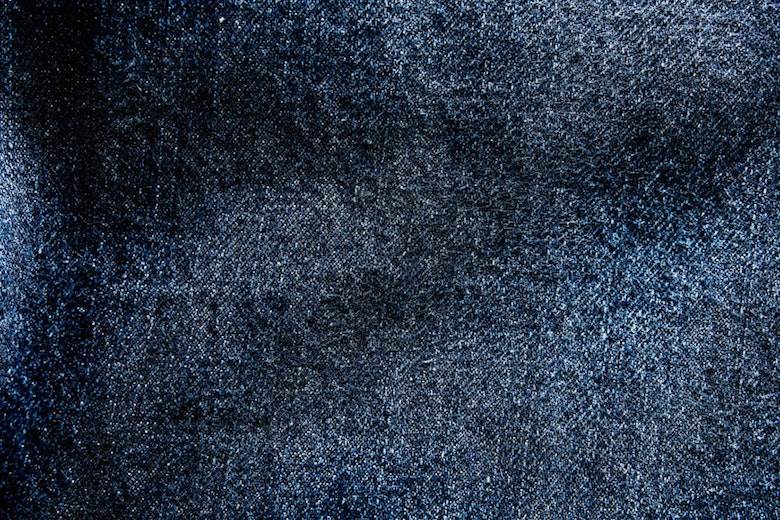New research says just one coat of indigo can secure over 90% dye fixation

A team of University of Georgia researchers recently published findings which suggest a new, “environmentally sound”, indigo dyeing technology using natural indigo.
The scientists’ method is centred on the use of a high surface to volume ratio of nanocellulosic materials, which not only reduces water consumption (up to a factor of 25) and “eliminates” the need for reducing agents or alkali, but also secures more dye fixation than conventional methods.
Elaborating on their discovery, one of the study’s authors, Dr Sergiy Minko, said: “You don’t reduce the indigo in this process; you don’t dissolve it. You simply mix it with nanocellulose fibrils and deposit on the surface of the textile. And you can change the shade of blue by the amount of indigo particles added in the mixture.”
In essence, Dr Minko explained, the new technique blends indigo particles with nanocellulose (from wood pulp) nanofibers, which are then deposited over the cotton denim fabric or yarn. At this stage, how the indigo particles (and hence the dye colour) become essentially “glued” in place as a result is key.
Whereas regular dyeing systems (which may require up to eight dips in dye solution) can be said to secure around 70-80% of dye, the new technology is said to secure over 90% dye fixation with just one coat of the indigo.
Although natural indigo was used throughout the researchers’ experiment, they did confirm that their process could also be followed using synthetic dye.
Dr Minko concluded: “Denim and jeans manufacturing is a big market, so even small changes in the industry could have huge impacts. There are populations that are looking for products that are made in environmentally friendly ways. As regulations become tougher, the industry will have to adapt.”
Image by Thor Alvis via Unsplash.










